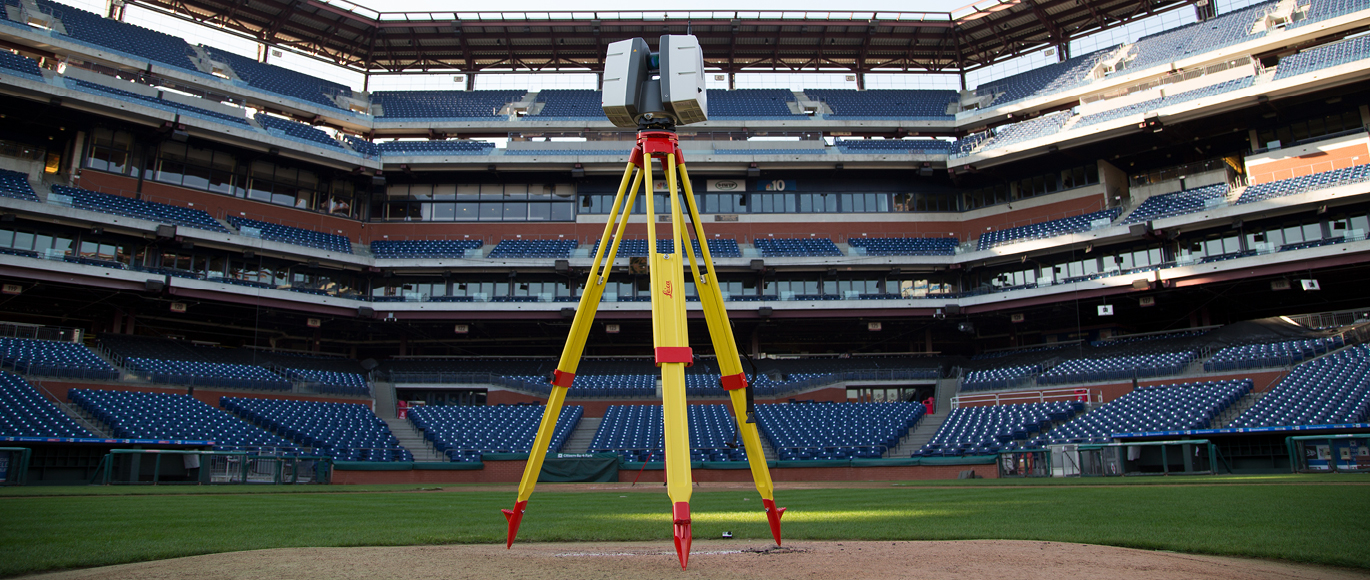
Look down at your cell phone (if you’re not already reading this on it), you probably have a newer model, right? Think about what it would have looked like a decade ago. It’s hard to believe technology has advanced this far in such a short period of time.
Technology changes so rapidly, it’s hard to keep up. As we move through the digital age, it’s important that we adopt new innovations to keep up with the times. While there are many advantages and disadvantages to changing tech, new creations play a key role in driving productivity, improving communication, increasing safety and more!
One area where advanced technology has made a major difference is surveying. Surveying is one of the first steps in the land development and civil engineering process where physical and legal boundary issues are addressed. Accurate maps and measurements are essential during the design and planning phase, and they provide clients with a real sense of space and boundaries.
At Pennoni, our professionals work to stay ahead of growing survey and geospatial technologies and data techniques, geographic information systems (GIS) mapping, high-definition laser scanning (HDLS) and drone technology, to provide our clients with precise and accurate information. But, how do we do that?
Technology has improved how we approach projects. And it has improved safety and project efficiency for both clients and Pennoni alike. For example in the early 2000s, robotic total stations paired with computer data collectors were used to help surveyors collect point cloud data sets, and on a “good” day the surveyor could get 900 shots in a day. With today’s tech, HDLS equipment can collect up to 4 million points per second!
Another example is how we inspect bridges, manholes, culverts, and other confined space areas, otherwise unsafe for human entry. Unmanned aerial systems (UAS, aka drones), in conjunction with HDLS technology have made drastic changes in how surveyors and inspectors perform their tasks. Previously, bridge inspections could take upwards of 5 to 10 personnel and would take multiple days to complete hands on inspection. With the use of drones, the process has shortened to take less than a day. It also allows for safety of inspectors because they no longer need exclusively hands-on methodologies (man lift, rope suspension, etc.) to inspect the underside of bridges, building facades, cellular towers and other infrastructure.
Similarly, before the use of drones, confined spaces, like manholes, personnel would have to obtain confined space entry permits for inspection, and then shut down and ventilate the space for days before anyone could get in due to confined space entry requirements, toxic gasses, heat and other dangerous conditions of human exposure. The confined space would take a special team and a lot of manpower to complete. With the use of inverted HDLS technology, we no longer need to obtain confined space entry permit and training, subject individuals to those hazardous conditions, all while gathering more information, safer and taking significantly less time.
Overall, technology has changed the way we work and help our clients and communities and we look forward to the new innovations to come!
For more information on our technology and survey services, contact Jason Haynes.